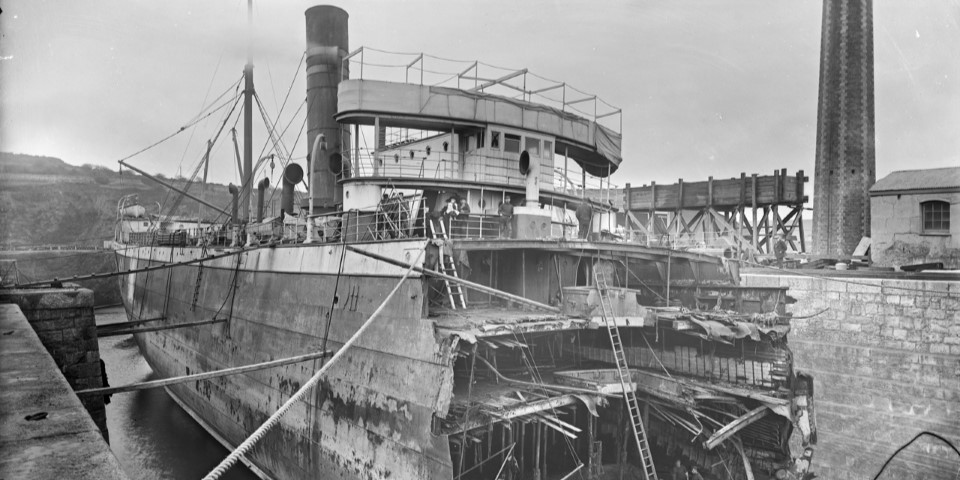
Paul Blickle
Globalgeschichte von Schiffsballast im 19. Jahrhundert
Betreuer: Prof. Corey Ross; Prof. Roland Wenzlhuemer
Im Rahmen meines Dissertationsprojektes untersuche ich die Geschichte von Schiffsballast im langen 19. Jahrhundert. Als Ballast bezeichnete man kommerziell wertlose Materialien, die man zur Verbesserung der Stabilität an Bord nahm, um eine sichere Fahrt zu gewährleisten. Ballast wurde in Hafenstädten überall auf der Welt hergestellt und verkauft, und es entstanden spezialisierte Berufe, Institutionen, Gesetze sowie Technologien. Mit Ballast wurden auch Tiere, Pflanzen und Mikroorganismen um die Welt transportiert und verbreitet. Händler, Regierungen und Bürokraten verhandelten die Grenzen des Worts Ballast, das oftmals auch wertvolle Handelsgüter umfassen konnte.
Die Untersuchung von Ballast trägt nicht nur zu unserem Verständnis von Hafenökonomien und -ökologien, von Schifffahrt und technologischem Wandel bei, sondern analysiert zudem die disruptiven, verlangsamenden und diskonnektiven Aspekte von Mobilitätsinfrastruktur im 19. Jahrhundert.
Supervisors: Prof. Corey Ross; Prof. Roland Wenzlhuemer
In my PhD project I investigate the history ship’s ballast in the long 19th century. Ballast was commercially worthless makeweight, which was loaded onto ships to stabilize them on the high seas. Ballast was produced and sold in port cities around the world, resulting in the development of specialized labour regimes, institutions, regulatory frameworks, and in the application of new technologies. Within this ballast, animals, plants, and microorganisms were spread around the world. Merchants, governments, and bureaucrats negotiated the protean category of ballast, which came to include a number of profitable commodities.
Studying ballast not only adds to our understanding of port economies and ecologies, shipping, and technological change, but also highlights the disruptive, slowing, and disconnective aspects of mobility infrastructure in an age of acceleration.
Bildnachweis: Gibson & Sons of Scilly, A view of the stern section at the break in the hull of the cargo steamer Highland Fling (1890) in Drydock at Falmouth, c. 1907, National Maritime Museum Greenwich, G14156.
